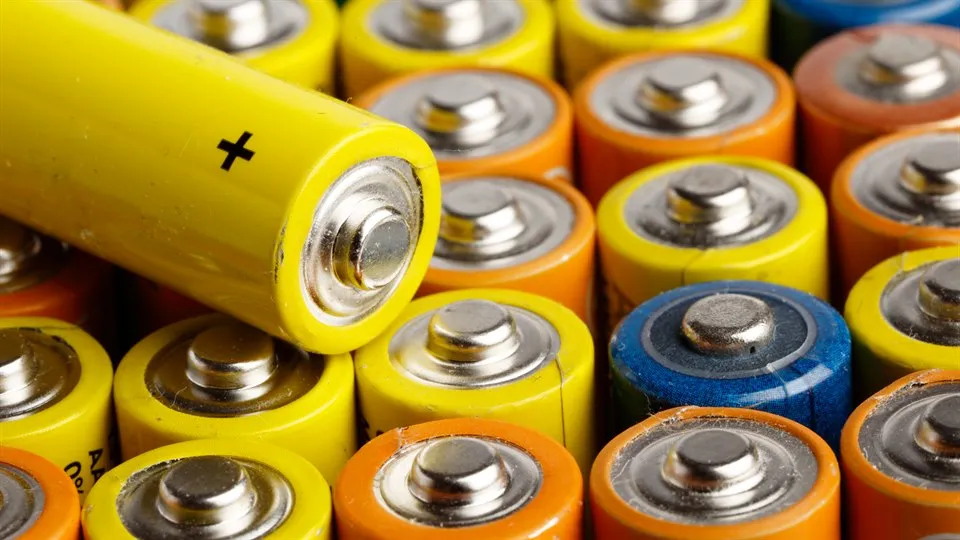Silicon‑graphene electrode composite for lithium‑ion batteries
In this research project we will produce upscalable electrode composite of silicon and graphene for lithium-ion batteries.
We aim to produce lithium-ion batteries with higher performance, 15 percent better than today's batteries, and lower production costs.
The objective of this FoI project is a proof-of-concept of a novel silicon-graphene composite suitable for large-scale production. This graphene composite, developed in an earlier pre-study, is designed as a high-performance anode material in lithium-ion batteries. We showed when this composite was used as electrode material in the batteries, to give an important increase in energy storage capacity of the batteries compared with the industry-standard graphite electrodes.
Importantly, the synthesis method of the composite potentially allows large-scale implementation. The technical performance of this new type of electrode material shows an important improvement of the lithium-ion battery storage capacity. This battery market is growing by 20% each year, driven by the fast-growing electric vehicles market. The anode material market for lithium-ion batteries, which is the target of this project, is today about 200 000 ton graphite at a value of about 4 B$. Within the project, the two materials companies (graphene and silicon powder), have the ability to address this anode market need if the high-performance anode composite is further developed.
The two companies, 2D Fab and Vesta Si, will together with the Materials group at Mid Sweden University and the Battery centre at Uppsala University develop the graphene-silicon composite. In five work packages, a full understanding of the composite process method will be developed and correlate it with the electrochemical performance of battery cells. A final work package focuses on the assimilation of the developed technology into the participating companies and planning for a final IoD demonstrator.
Facts
Project period
200501-220630
Partners
Research centers
Subjects
Research groups
Project leader

Project members






